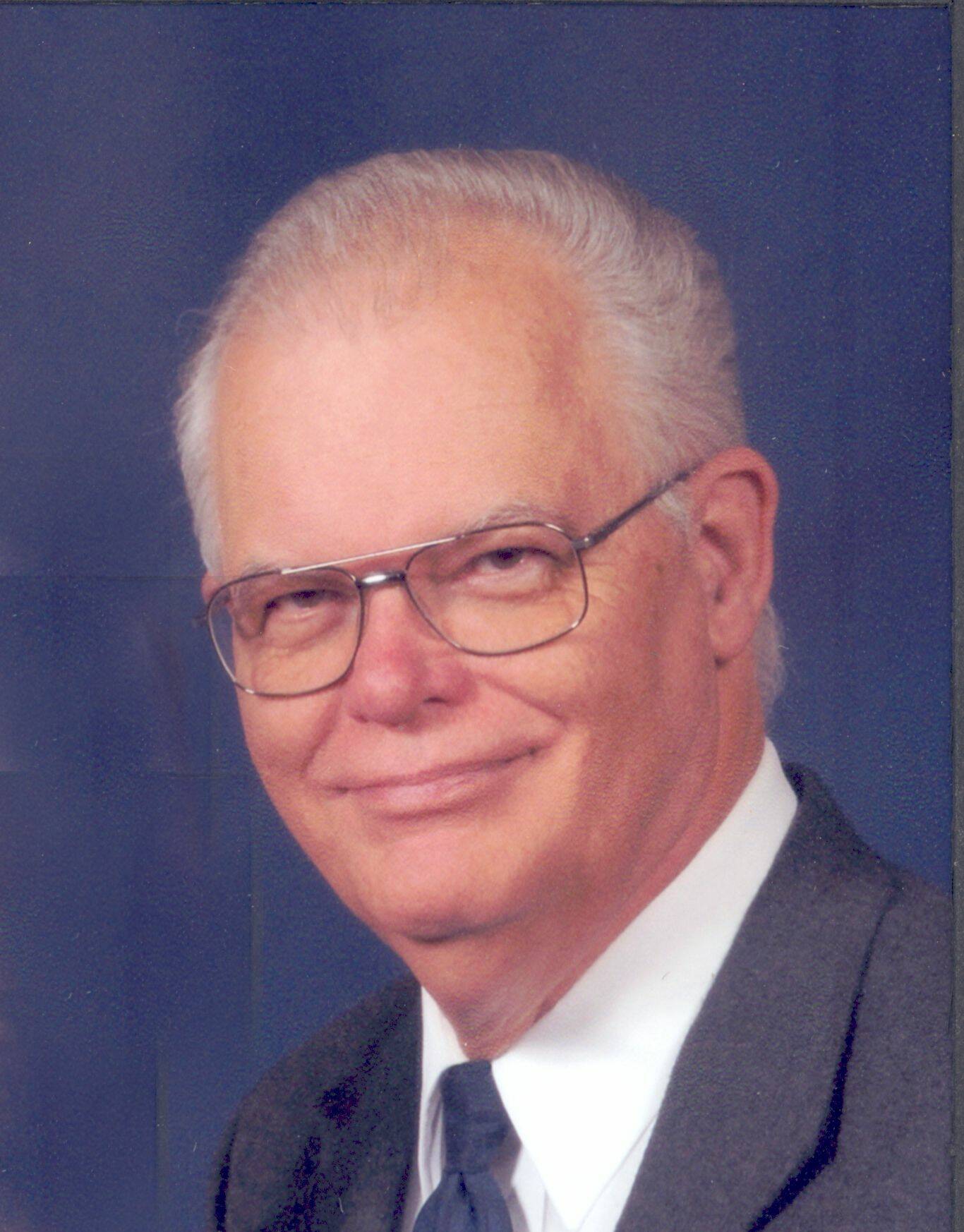In 1990, The Snoqualmie Valley Reporter, a new newspaper opposite The Valley Record, was introduced to the Valley by North Bend resident Susan Bond.
According to a 1991 Seattle Times description, the Reporter was a virtually modern paper: bright and colorful, with snappy headlines, smart writing and excellent photo production, that was owned by the Honolulu-based Persis Corporation.
The paper was a starting point for David Battey, Snoqualmie Valley’s official historian, who over the course of the paper’s seven and a half year life span, wrote 225 articles about Snoqualmie Valley history.
Battey’s interest in history “got kicked into overdrive when I retired in 1990 and Susan Bond opened up the opportunity to write,” he said. “She found that if you have a story with some history, people have a lot more tendency to open it and look.”
Now, some three decades later, Battey will take his old articles, alongside some new information, and place them in an upcoming new book with proceeds going to the Snoqualmie Valley Historical Society.
Battey said the majority of the articles in his book talk about the Weyerhaeuser Mill and the missing town of Snoqualmie Falls. They also include family stories about how Valley residents responded to the first and second World Wars.
Of the over 200 articles, Battey said his possible favorite is a story titled “Christmas 1941,” told to him by his aunt Jean Swenson and her mother, Lisa, that took place on Sunday, Dec. 7, 1941 — the day Pearl Harbor was attacked.
On that December day, Lisa and her husband, Louie, wanted to do something special for their six kids. With the Great Depression still lingering, they expected Christmas to be frugal that year. They piled in the family Ford and headed to downtown Seattle. For fun, the family decided to pay the toll on the new floating bridge.
“You never paid the toll, my parents never paid the toll, you went around,” Battey said. “They paid and went through this new tunnel and into the central business district. This was a Sunday in 1941. Stores weren’t open, but the big department stores had their big windows with decorations and flashing lights, so that’s what they did, they walked around.”
On the way home, they went through Woodinville and Bothell, avoiding the toll, but were surprised when reaching Snoqualmie that all the lights were out.
“They talked to their neighbors and found out the Japanese had bombed Pearl Harbor. They had Christmas with black roofing paper over their windows,” he said. “They just happened to choose Dec. 7, 1941.”
Battey first developed his love for history from his family, specifically his uncle, a former World War II radar technician and artist with a photographic memory. At 12, he taught Battey electronics, an industry he would later work in.
“He taught me the scientific name and common name of every plant in the upper Snoqualmie Valley,” Battey said.
Since then, Battey has been heavily involved in the Snoqualmie Valley. He spent a decade on Snoqualmie’s planning commission and spent time on both the YMCA and Snoqualmie Valley Museum boards.
He also served as the co-chair for the Snoqualmie and North Bend 1989 centennial commission, celebrating both cities’ 100 year anniversaries and worked to preserve Meadowbrook Farms.
“I was involved in history, so it made sense for me to delve deeper,” he said.
Battey said there currently isn’t a timeline for the book, but until it’s finished, he recommends watching his Snoqualmie 101 video on the history of the Snoqualmie and the Snoqualmie Falls Mill Town Images documentary on the Snoqualmie Valley Museum’s YouTube page.
“I’m still toying with how to put things together,” Battey said. “Many times after a story went out, I got additional information about the story when talked with people and I always added that in afterward.”
Another addition to the book, which could take a significant amount of time, is finding more photos from the vast collection at the Snoqualmie Valley Museum. Finding photos today is much easier than in the 1990s, Battey said, before he had access to a scanner.
If he wanted a picture in his article, he had to borrow the original, drive to Bellevue, have a copy made, drive back into Bellevue to pick up the copy, give the copy to the paper, and return the positive to whoever loaned it to him.
“That pretty much ate up any money I was making,” he said. “But I wasn’t writing these because of money. I was writing these because of my curiosity about Valley history.”


